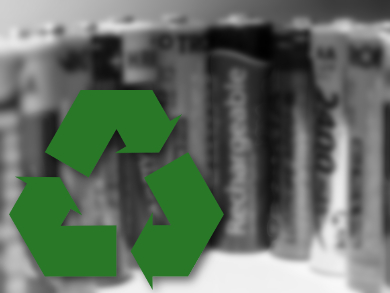Lithium-ion batteries dominate the market for portable consumer electronics. Although such batteries can be recharged many times, they do not last forever. It is uncertain if the demand for lithium and cobalt, which are used for the cathode of Li-ion batteries as LiCoO2, can be met by the available resources. While there are methods to extract lithium and other metals from old batteries, they often require harsh conditions such as high temperatures.
Jeffrey A. Cunningham, University of South Florida, Tampa, USA, and colleagues have developed an environmentally friendly recycling process which uses naturally occurring fungi to extract cobalt and lithium from waste batteries. To drive the process, three strains of fungi are used: Aspergillus niger, Penicillium simplicissimum, and Penicillium chrysogenum. The team first dismantles the batteries and pulverizes the cathodes. Then, they expose the remaining pulp to the fungus.
According to the researchers, the fungi generate organic acids, and the acids leach the metals, Under conditions tested so far, the produced oxalic acid and citric acid were able to extract up to 85 % of lithium and up to 48 % of cobalt from the cathodes of spent batteries. The team is currently exploring different fungal strains, the acids they produce, and the acids’ efficiency at extracting metals in different environments.
- Presented at the 252nd American Chemical Society (ACS) National Meeting & Exposition in Philadelphia, PA, USA




